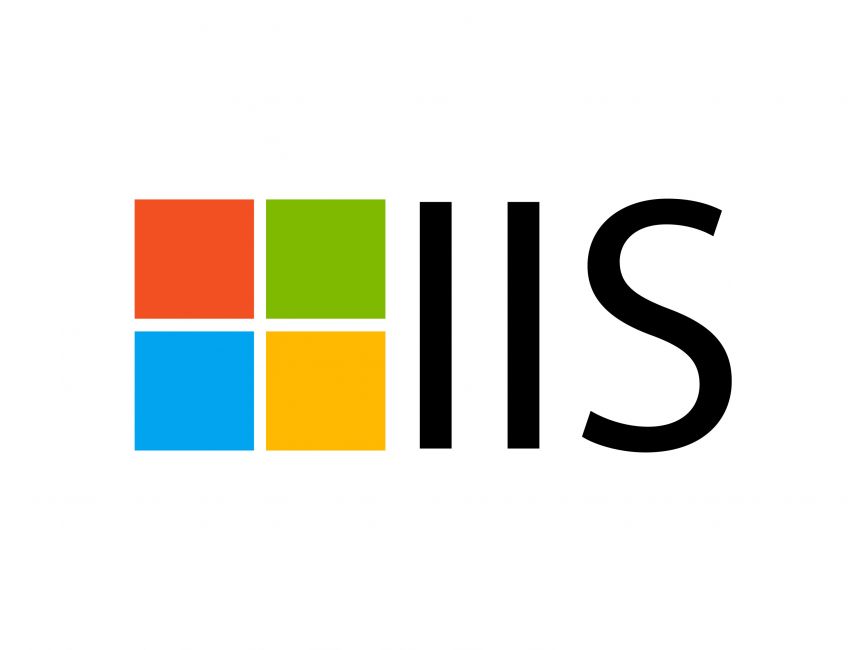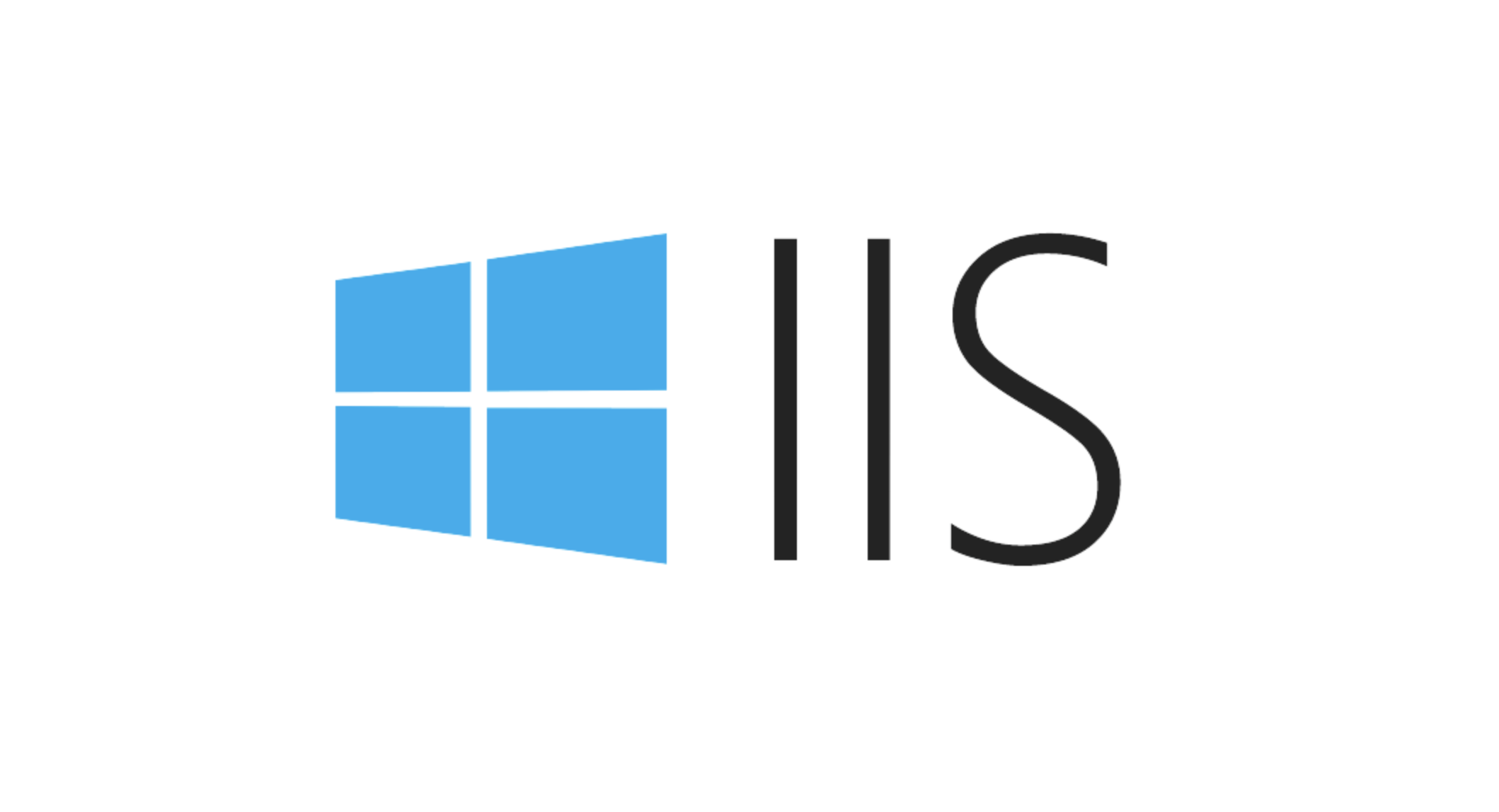Strengthening IIS security requires five steps: 1. Disable unnecessary functions and services, such as WebDAV, FTP, etc.; 2. Close the default website and test pages, delete or prohibit access to useless script directories; 3. Configure request filtering rules to prevent illegal extensions, directory traversal and super long URLs, and use URLs to rewrite and hide the real path; 4. Enable HTTPS and force jumps, and set security response headers such as HSTS, X-Content-Type-Options; 5. Regularly update system patches, enable logging and use tools to analyze abnormal access behavior. Through these measures, we can effectively prevent common attack methods such as SQL injection, XSS, directory traversal, and improve the overall security of the server.

Website security is not a big deal, but it will be troublesome if there is a problem. IIS (Internet Information Services) is a commonly used Web server software on Windows platforms. If you do not protect it well, it is easy to become a target of attack. Common vulnerabilities such as SQL injection, XSS, and directory traversal. Once exploited, data leakage may occur at the least, and servers may fall. Therefore, it is necessary to configure the security settings of IIS.

Below are some key points that can help you effectively strengthen IIS and prevent common vulnerabilities from being exploited.

Disable unnecessary features and services
When installing IIS by default, some functional modules that you cannot use at all may be enabled, such as WebDAV, FTP service, CGI support, etc. If these functions are not useful and still turned on, they will increase the attack surface.
- Check Server Manager or use PowerShell command to uninstall unused roles and features
- Close the default website and test pages to avoid exposure to sensitive information
- If ASP.NET is not required, do not install related components
For example, many attackers will try to access old script files in the /scripts directory. If you don't use these at all, deleting or banning access is the most convenient way.

Configure request filtering and URL rewrite rules
The request filtering module (Request Filtering) that comes with IIS can help you block some malicious requests, such as paths containing special characters, excessively long URLs, illegal extensions, etc.
You can add the following types of filtering rules:
- Reject extension requests that are not supported by the current environment, such as
.phpand.asp(especially in pure static sites) - Block paths containing
../to prevent directory traversal attacks - Limit URL length to prevent buffer overflow attacks
In addition, combined with the URL rewrite module (URL Rewrite), the real path structure can be hidden, such as turning /user?id=123 into /user/123 , which is both beautiful and reduces the risk of parameter injection.
Enable HTTPS and configure security response headers
It is too dangerous to transmit data in HTTP plaintext, and now basically all websites should enable HTTPS. In addition to applying for a certificate, there are several other things to note:
- Forced HTTPS jump, which can be implemented through IIS's URL rewrite rules.
- Use HSTS (HTTP Strict Transport Security) response header to tell the browser that you can only access your website via HTTPS in the future
- Add security headers such as X-Content-Type-Options, X-Frame-Options, Content-Security-Policy to prevent MIME type sniffing, click hijacking, cross-site scripting and other problems
These response headers can be configured in the IIS web.config file or can be set through the IIS management interface.
Regular updates and log monitoring should not be missing
Many people ignore it after installing IIS. In fact, system patches and updates to IIS themselves are very important. Microsoft often fixes various vulnerabilities, and not updating it in time is equivalent to leaving a backdoor.
In addition, log monitoring cannot be ignored. suggestion:
- Turn on IIS logging and archive regularly
- Set up log analysis tools (such as ELK, Splunk, or simple LogParser) to identify exception access modes
- Monitor frequent 404 errors, surge in POST requests, etc., which may be scanning or attacks.
Some attackers will first scan the directory structure to see if there are paths such as /admin and /backup . If you find such regular requests in your log, you have to be vigilant.
Basically that's it. IIS itself is powerful, but the default configuration is not necessarily safe. Adjust permissions according to actual business needs, close redundant services, add security heads, and regularly check logs. After these steps, you can block most common attack methods.
The above is the detailed content of Securing IIS Against Common Web Vulnerabilities. For more information, please follow other related articles on the PHP Chinese website!

Hot AI Tools

Undress AI Tool
Undress images for free

Undresser.AI Undress
AI-powered app for creating realistic nude photos

AI Clothes Remover
Online AI tool for removing clothes from photos.

Clothoff.io
AI clothes remover

Video Face Swap
Swap faces in any video effortlessly with our completely free AI face swap tool!

Hot Article

Hot Tools

Notepad++7.3.1
Easy-to-use and free code editor

SublimeText3 Chinese version
Chinese version, very easy to use

Zend Studio 13.0.1
Powerful PHP integrated development environment

Dreamweaver CS6
Visual web development tools

SublimeText3 Mac version
God-level code editing software (SublimeText3)

Hot Topics
 Diagnosing High CPU Usage Issues Within IIS Worker Processes
Jul 04, 2025 am 01:04 AM
Diagnosing High CPU Usage Issues Within IIS Worker Processes
Jul 04, 2025 am 01:04 AM
HighCPUusageinIISworkerprocessesistypicallycausedbyinefficientcode,poorconfiguration,orunexpectedtrafficpatterns.Todiagnosetheissue,firstidentifythespecificw3wp.exeprocessusinghighCPUviaTaskManagerorResourceMonitoranddetermineitsassociatedapplication
 Securing IIS Against Common Web Vulnerabilities
Jul 05, 2025 am 12:17 AM
Securing IIS Against Common Web Vulnerabilities
Jul 05, 2025 am 12:17 AM
Strengthening IIS security requires five steps: 1. Disable unnecessary functions and services, such as WebDAV, FTP, etc.; 2. Close the default website and test pages, delete or prohibit access to useless script directories; 3. Configure request filtering rules to prevent illegal extensions, directory traversal and super long URLs, and use URLs to rewrite and hide the real path; 4. Enable HTTPS and force jumps, and set security response headers such as HSTS, X-Content-Type-Options; 5. Regularly update system patches, enable logging and use tools to analyze abnormal access behavior. Through these measures, we can effectively prevent common attack methods such as SQL injection, XSS, directory traversal, and improve the overall security of the server.
 Understanding the Difference Between IIS Virtual Directories and Applications
Jul 06, 2025 am 12:58 AM
Understanding the Difference Between IIS Virtual Directories and Applications
Jul 06, 2025 am 12:58 AM
VirtualdirectoriesandapplicationsinIISdifferinindependenceandconfiguration.1.Virtualdirectoriesactasaliasestoexternalcontent,sharingtheparentsite’sapplicationpoolandconfiguration,idealfororganizingstaticfileswithoutduplication.2.Applicationsrunindepe
 Configuring Dynamic Compression for Appropriate Content Types in IIS
Jul 04, 2025 am 12:55 AM
Configuring Dynamic Compression for Appropriate Content Types in IIS
Jul 04, 2025 am 12:55 AM
When configuring dynamic compression in IIS, selecting content types reasonably can improve performance. First enable the dynamic compression module, install and configure web.config or IIS manager through the server manager. Secondly, set appropriate content types, such as HTML, CSS, JavaScript, and JSON, text content is suitable for compression, while pictures and videos are not suitable. Finally, pay attention to the impact of client compatibility and performance, monitor CPU load, client support status and small file compression effects, and adjust the configuration based on actual traffic to obtain the best benefits.
 Setting Up ARR (Application Request Routing) as a Reverse Proxy with IIS
Jul 02, 2025 pm 03:22 PM
Setting Up ARR (Application Request Routing) as a Reverse Proxy with IIS
Jul 02, 2025 pm 03:22 PM
Yes,youcanuseARRwithIISasareverseproxybyfollowingthesesteps:firstinstallARRandURLRewriteviaWebPlatformInstallerormanually;nextenableproxyfunctionalityinIISManagerunderARRsettings;thenconfigurereverseproxyrulestospecifywhichrequeststoforwardtobackends
 Troubleshooting Common IIS 500 Internal Server Errors
Jul 05, 2025 am 12:46 AM
Troubleshooting Common IIS 500 Internal Server Errors
Jul 05, 2025 am 12:46 AM
When encountering an IIS500 error, 1. First check whether the Web.config file has syntax errors or configuration conflicts, such as the tag is not closed or repeated configuration; 2. Confirm whether the application pool status and settings are correct, including the running status, .NETCLR version and access permissions; 3. Turn on detailed error information to obtain specific error clues, which can be implemented through IIS manager or web.config configuration; 4. Check for code exceptions and dependency problems, such as database connection failure, DLL missing or unhandled backend exceptions. The above steps help accurately locate and resolve the specific causes of 500 errors.
 Managing Application Pool Identities and Associated File System Permissions for IIS
Jul 03, 2025 am 12:13 AM
Managing Application Pool Identities and Associated File System Permissions for IIS
Jul 03, 2025 am 12:13 AM
To solve the IIS application pool authentication account permission problem, first, you need to confirm the identity account used by the application pool. The default is IISAppPool{AppPoolName}, which can be viewed or modified through the IIS manager; secondly, make sure that the account has corresponding permissions to the website physical path (such as D:\MyWebSite). The operation steps are: Right-click the folder → Properties → Security → Edit → Add the corresponding account and set the read, write and other permissions; common errors such as 401.3 is due to lack of read permission, 500.19 may be due to insufficient permissions for web.config file, and failure to upload may be due to lack of write permissions; pay attention to whether the inheritance permissions are effective, the UNC path needs to be configured with a username and password, and it may be necessary to modify it after the username and password.
 Configuring Request Limits and Connection Timeouts in IIS
Jul 08, 2025 am 12:36 AM
Configuring Request Limits and Connection Timeouts in IIS
Jul 08, 2025 am 12:36 AM
To limit the size of client requests, the maxAllowedContentLength parameter can be modified in web.config, such as setting it to 104857600 (100MB), and synchronizing the maxRequestLength of ASP.NET at the same time; to reasonably set the connection timeout time, it can be modified through the IIS manager or appcmd.exe command, with the default of 120 seconds, and the API scenario is recommended to set it to 30-90 seconds; if the request queue is full, you can increase MaxClientConn and QueueLength, optimize application performance, and enable load balancing to relieve stress.






